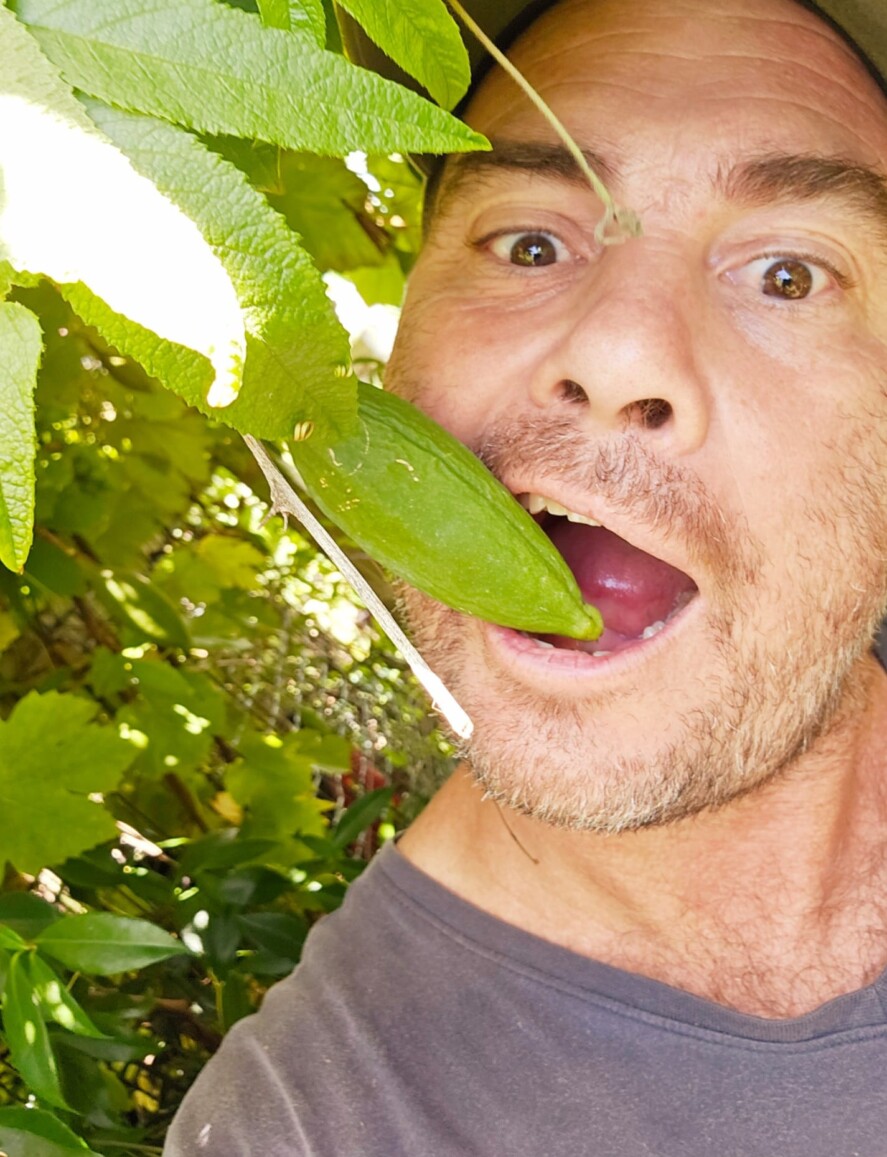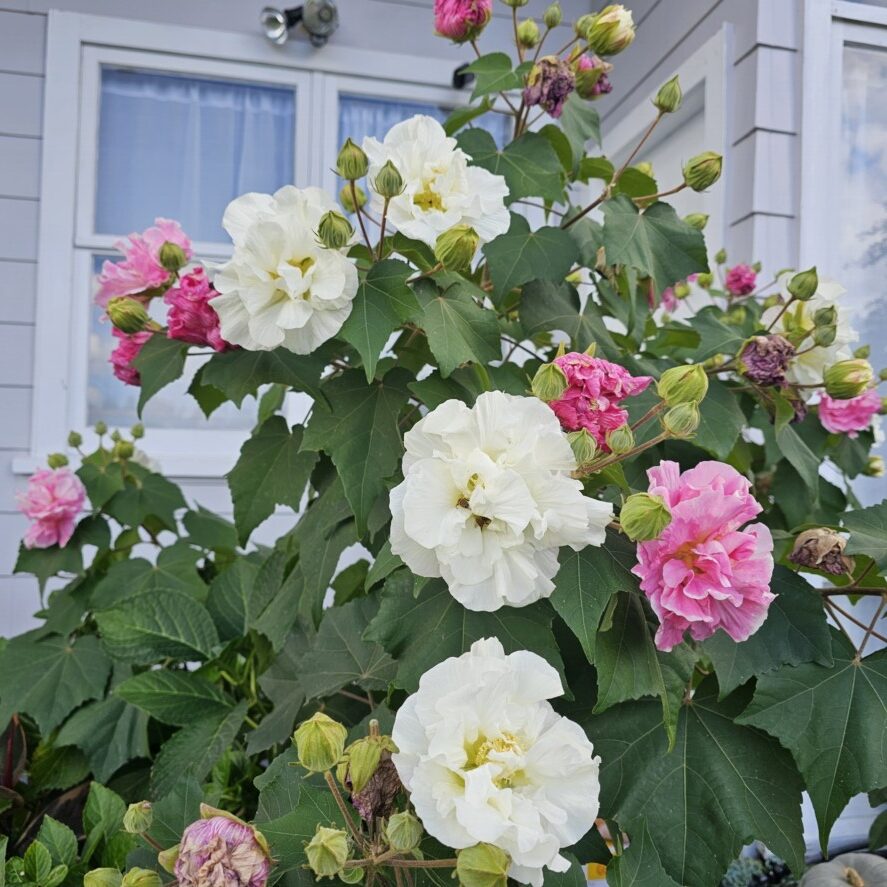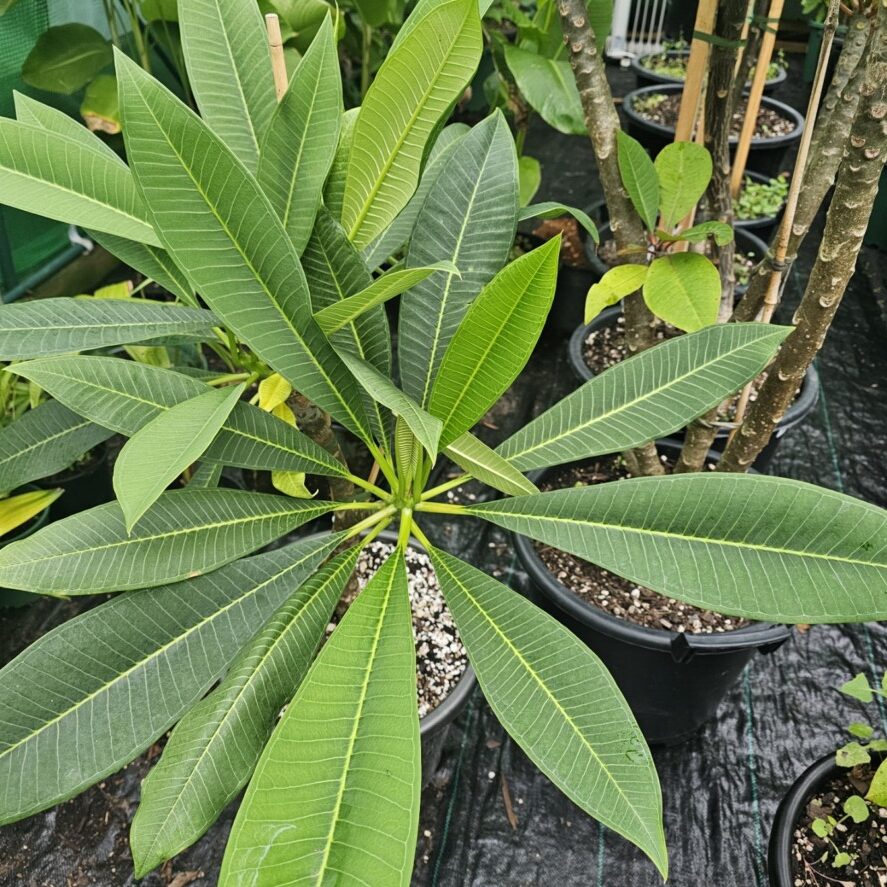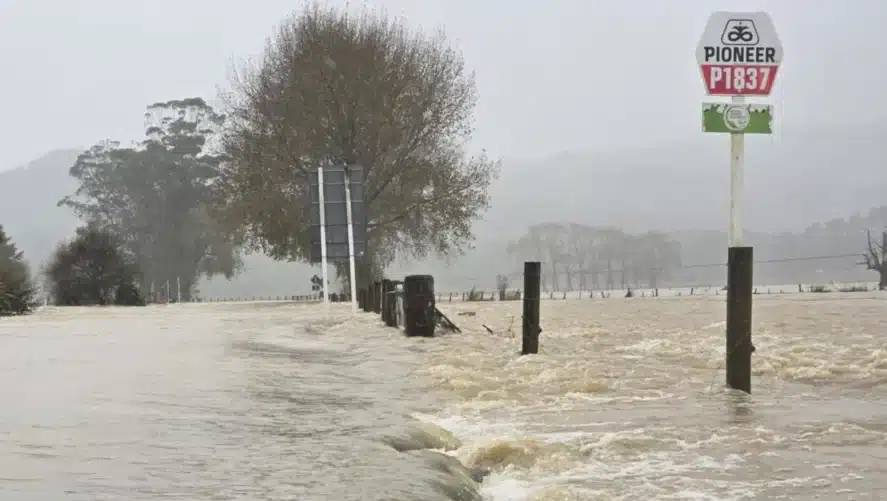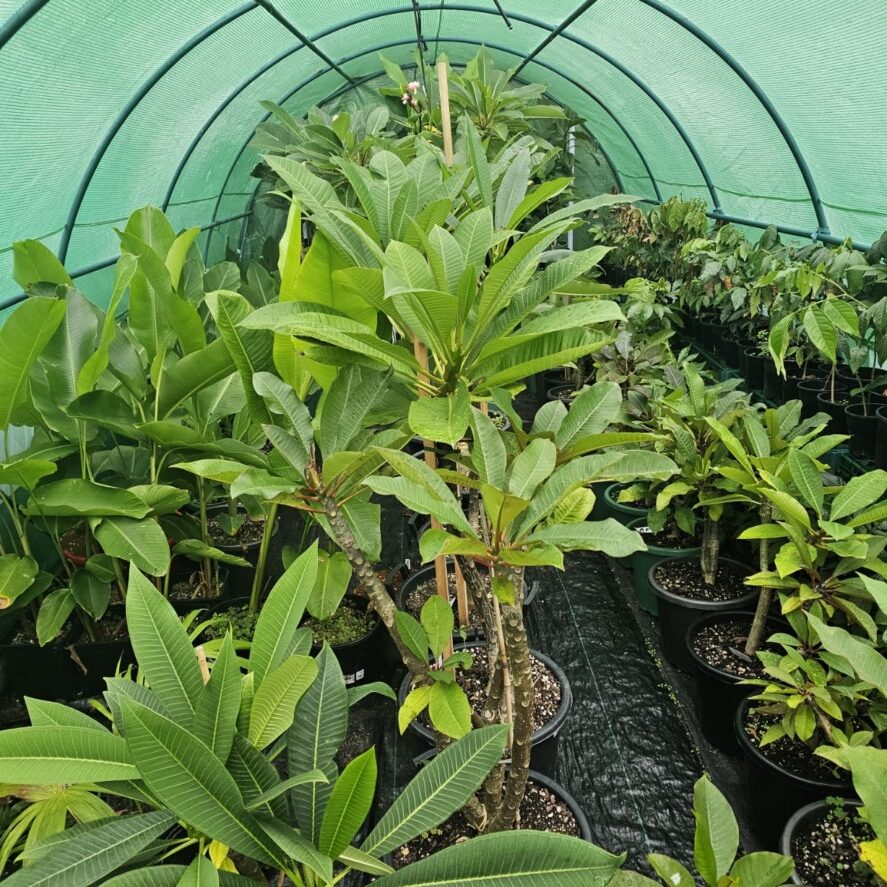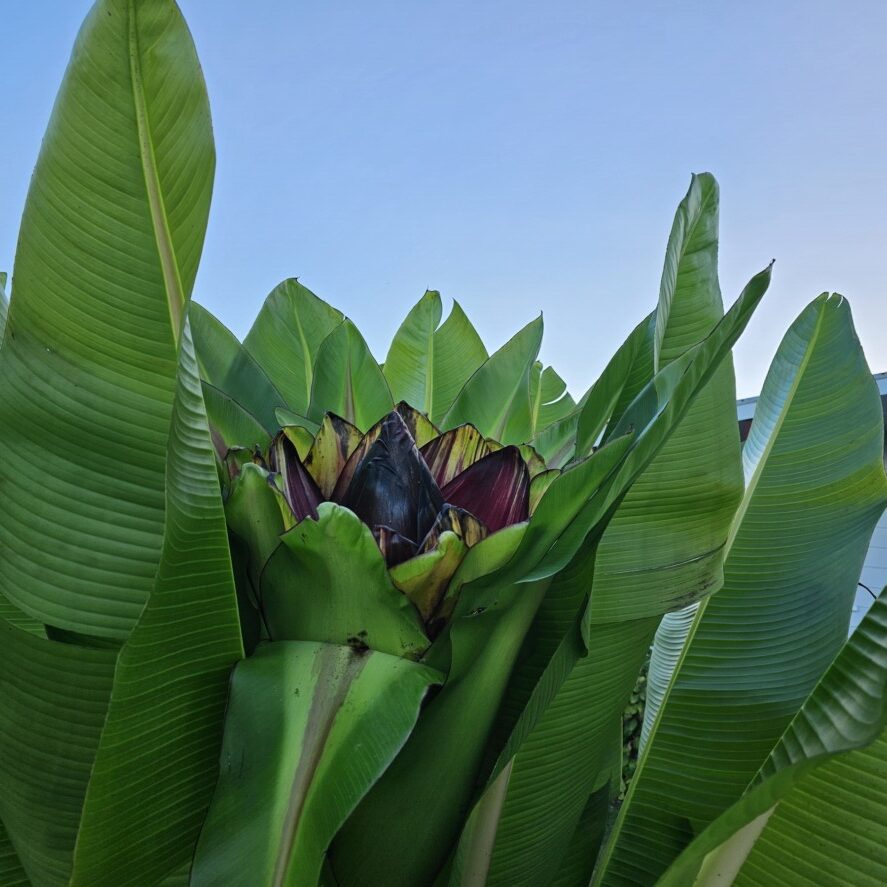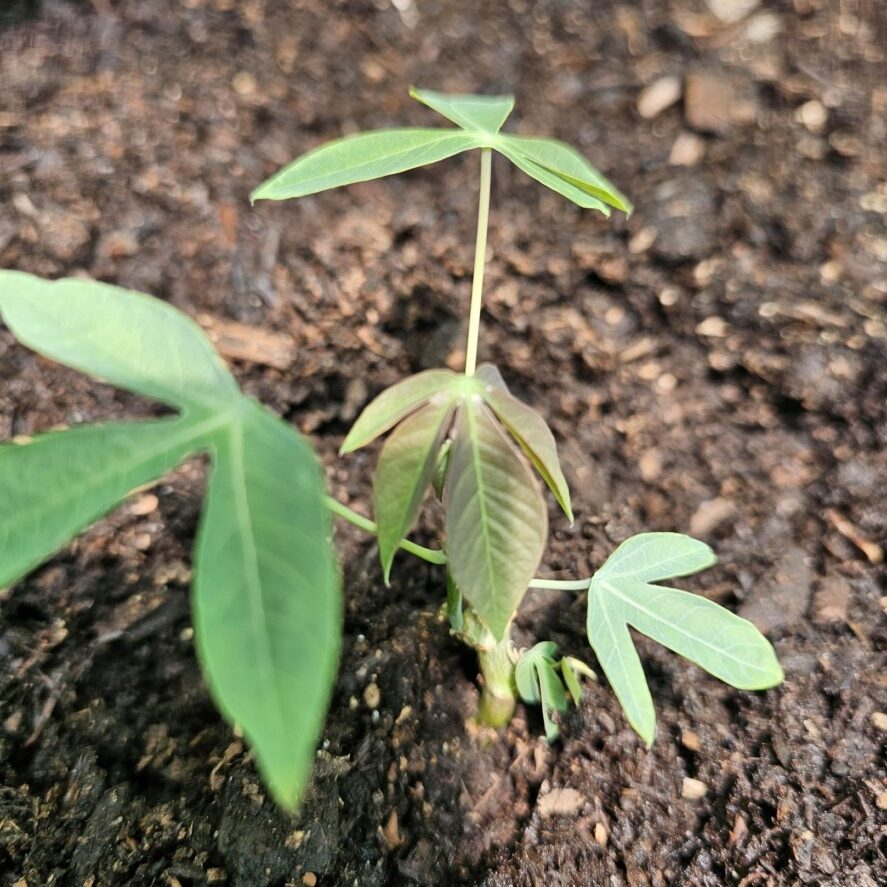-
Initiatives and Collaboration
- Events and Community Engagement
- Crop Swap Te Puke
- Food Resilience School NZ
- Food Forests of New Zealand (www.foodforests.nz)
- Nursery Map - Plant Suppliers of NZ Directory (www.nurserymap.nz)
- Te Puke Community Garden
- Te Puke Digital
- Te Puke Region Food Co-op
- TROPPO’s Food Forest in Te Puke, BOP (wwwfoodforest.org.nz)
- TROPPO's Nursery Directory
- Troppo’s Plant Collection
- Vector Group Charitable Trust (Umbrella)
Permaculture Principles for a Thriving Home Garden in Bay of Plenty
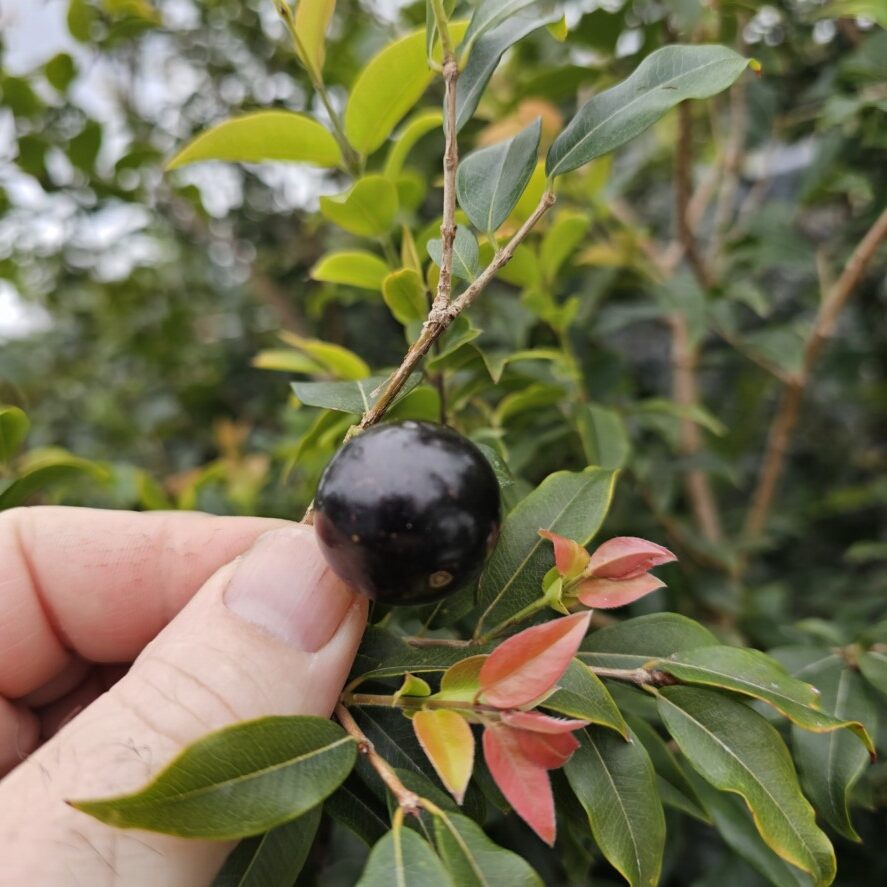
Welcome to the wonderful world of permaculture gardening! Here at Troppo.nz, we believe that creating a flourishing and productive home garden in our beautiful Bay of Plenty doesn’t have to be complicated. Permaculture offers a simple, yet powerful, set of principles that work with nature, not against it. Think of it as smart gardening – designing your space to be efficient, resilient, and abundant.
This isn’t about complicated jargon or needing a science degree. We’ll break down the core permaculture principles in a way that’s easy to understand and apply to your own backyard, balcony, or even a few pots on your sunny deck right here in Te Puke!
What Exactly is Permaculture?
At its heart, permaculture is a design system based on observing natural ecosystems. It’s about creating sustainable human habitats by mimicking the patterns and relationships found in healthy forests, wetlands, and other thriving natural environments. Instead of constantly fighting pests, battling poor soil, and wasting water, permaculture helps you build a garden that largely takes care of itself.
The Core Principles – Your Guide to a Greener Thumb
Let’s dive into some of the key permaculture principles and how you can use them in your Bay of Plenty garden:
1. Observe and Interact:
Before you even think about digging, take the time to really see your garden space. Where does the sun fall throughout the day? Where are the shady spots? How does the wind move through your property? Where does water naturally collect or drain quickly?
- In the Bay of Plenty: Consider the warm, humid climate and our often-fertile volcanic soils. Note areas that might get particularly hot in summer and those that might be prone to waterlogging during heavy rainfall. Observe which native plants thrive naturally in your area – they can give you clues about what will do well in your garden.
2. Catch and Store Energy:
Think about all the natural resources that come your way – sunlight, rainwater, even wind. Permaculture encourages you to find ways to capture and use these resources effectively.
- In the Bay of Plenty: Install rain barrels to collect precious rainwater for irrigation, especially during drier spells. Position your garden beds to maximize sunlight for your sun-loving vegetables. Consider using trellises or windbreaks to harness or deflect strong winds that might damage delicate plants.
3. Obtain a Yield:
Ultimately, your garden should provide you with something useful – whether it’s delicious vegetables, fragrant herbs, beautiful flowers, or even just a sense of peace and connection with nature.
- In the Bay of Plenty: Focus on growing fruits and vegetables that thrive in our climate, like tomatoes, peppers, zucchini, citrus, and avocados. Plant herbs like basil, rosemary, and mint that flourish in the warm conditions. Even a small yield of fresh produce can be incredibly rewarding.
4. Apply Self-Regulation and Accept Feedback:
Nature is constantly giving us signals. Pay attention to what’s working well in your garden and what isn’t. Be prepared to adjust your approach based on what you observe.
- In the Bay of Plenty: If you notice certain plants are consistently struggling with pests or diseases, research more resistant varieties or consider companion planting to deter problems naturally. If a particular spot is always waterlogged, try planting water-loving species there or improving drainage.
5. Use and Value Renewable Resources and Services:
Prioritize using natural and readily available resources over relying on synthetic or energy-intensive inputs.
- In the Bay of Plenty: Compost your kitchen scraps and garden waste to create nutrient-rich soil amendment instead of buying chemical fertilizers. Use mulch (like wood chips or straw) to suppress weeds, retain moisture, and enrich the soil as it breaks down. Encourage beneficial insects by planting flowers that attract them, reducing the need for pesticides.
6. Produce No Waste:
Think of your garden as a closed-loop system where “waste” from one part becomes a resource for another.
- In the Bay of Plenty: As mentioned, composting is key. Use fallen leaves as mulch. Save seeds from your successful plants for next season. Get creative with repurposing old containers or materials for garden structures.
7. Design From Patterns to Details:
Look for recurring patterns in nature and apply them to your garden design. For example, the spiral pattern of a herb spiral maximizes sunlight and creates different microclimates.
- In the Bay of Plenty: Consider the natural contours of your land when planning your garden beds. Group plants with similar needs together. Think about creating zones in your garden – areas you visit frequently closer to the house, and less frequently visited areas further away.
8. Integrate Rather Than Segregate:
In nature, everything is connected. Permaculture encourages you to create beneficial relationships between different elements in your garden.
- In the Bay of Plenty: Plant companion plants that help each other – for example, basil repels some pests that attack tomatoes. Attract pollinators like bees and butterflies by planting a variety of flowering plants.
9. Use Small and Slow Solutions:
Start small and let your garden evolve gradually. Sustainable change often happens through consistent, small actions.
- In the Bay of Plenty: Don’t try to overhaul your entire garden at once. Focus on one area or one principle at a time. Observe how your changes affect the garden and adjust as needed.
10. Use and Value Diversity:
A diverse garden is a resilient garden. A mix of plants, beneficial insects, and soil organisms creates a balanced ecosystem that is less susceptible to pests and diseases.
- In the Bay of Plenty: Plant a variety of vegetables, herbs, and flowers. Encourage native plants in and around your garden. Avoid monocultures (planting large areas of just one crop).
11. Use Edges and Value the Marginal:
The edges between different ecosystems are often the most vibrant and productive. Think about the edges of your garden beds, the transition between lawn and garden, or even the edges of a pond.
- In the Bay of Plenty: Consider planting herbs or flowers along the edges of your vegetable beds to attract beneficial insects. Utilize vertical spaces like fences and walls for climbing plants.
12. Creatively Use and Respond to Change:
Life is dynamic, and your garden will change over time. Be flexible and adapt to new conditions.
- In the Bay of Plenty: Be prepared for unexpected weather events. Learn to work with the changing seasons and adjust your planting schedule accordingly. See challenges like a fallen branch as an opportunity to create new habitat or mulch.
Getting Started in Your Bay of Plenty Permaculture Garden:
The beauty of permaculture is that you can start implementing these principles right away, no matter the size of your garden. Begin by observing your space, making small changes, and learning as you go. The Bay of Plenty’s climate offers a fantastic opportunity to create a truly thriving and productive home garden using these natural and sustainable methods.
Embrace the journey, connect with nature, and enjoy the abundance that permaculture can bring to your Troppo.nz home!
#Permaculture #BayOfPlenty #HomeGarden #SustainableGardening #GrowYourOwn #OrganicGardening #EcologicalGardening #NewZealandGardening #TroppoNZ



